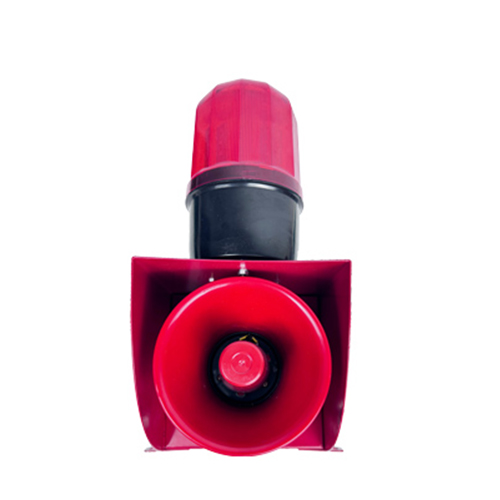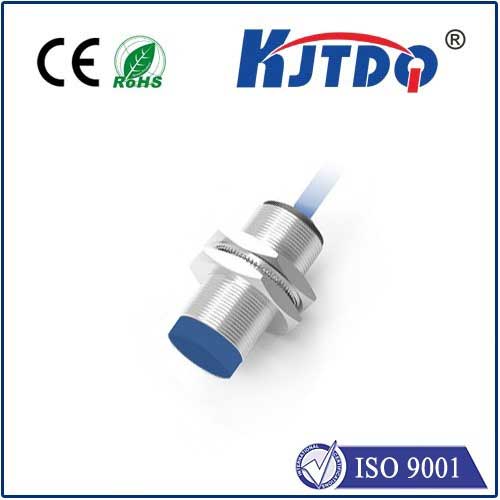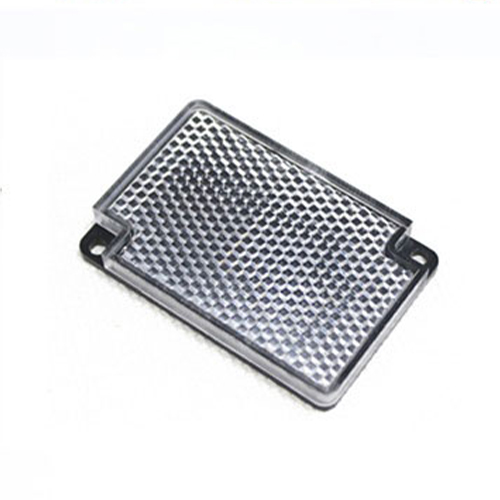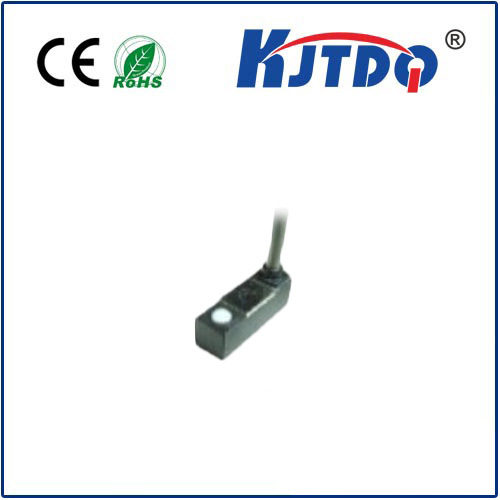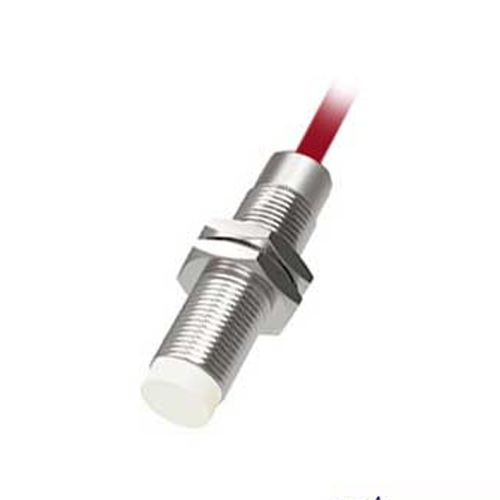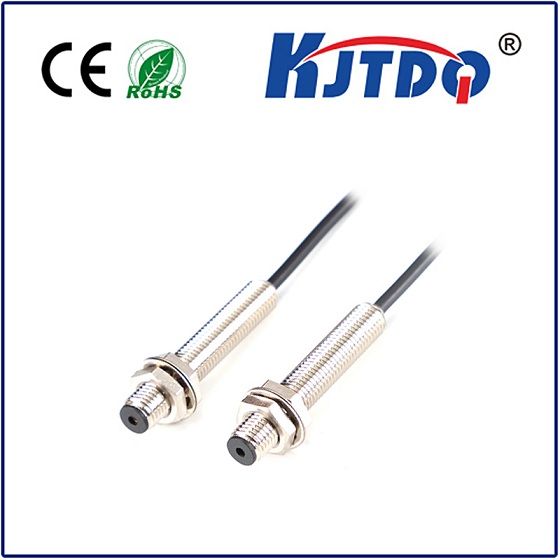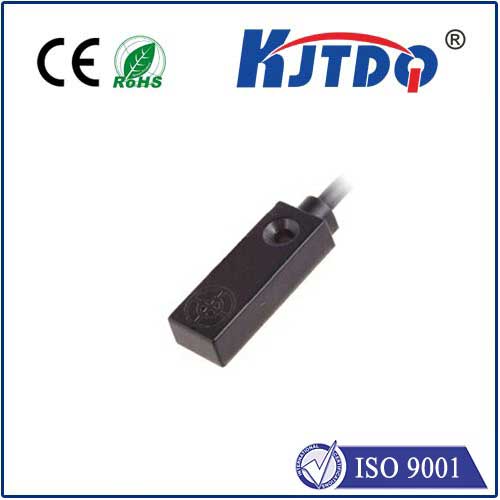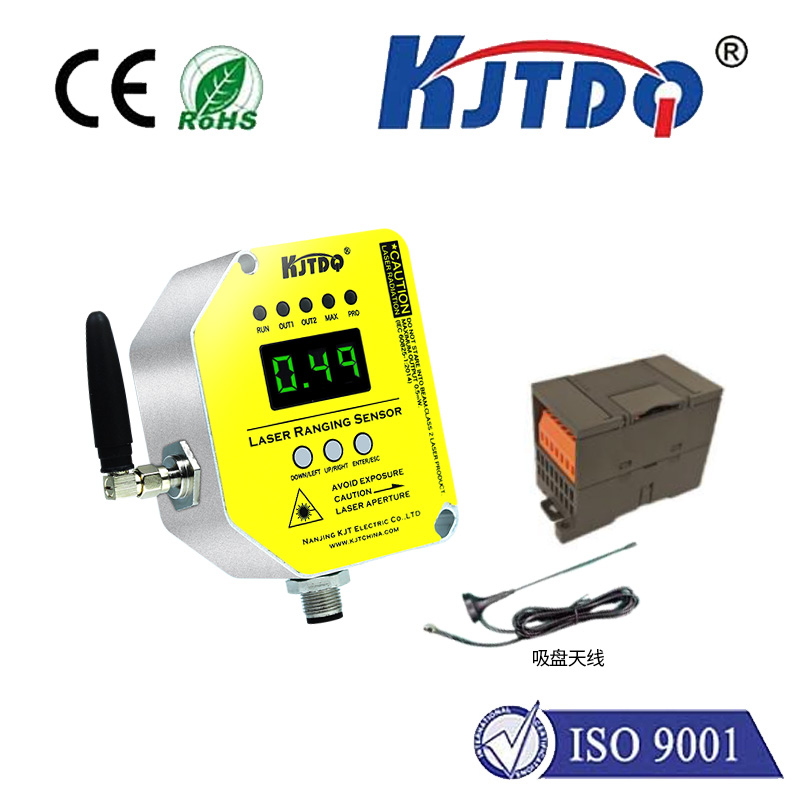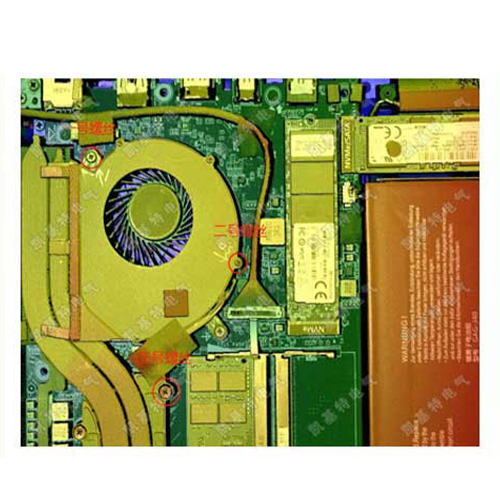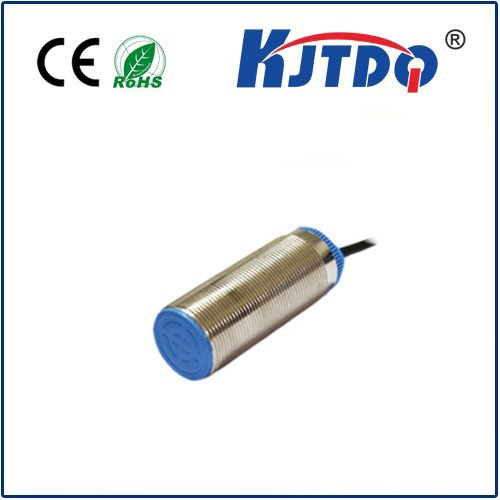BES04AW proximity sensor
- time:2025-10-02 03:40:13
- Нажмите:0
BES04AW Proximity Sensor: Precision Metal Detection for Industrial Automation
Imagine a factory humming with activity, machines moving with intricate precision, assembly lines flowing seamlessly. Hidden within this orchestrated efficiency are countless unsung heroes: sensors. Among them, proximity sensors like the BES04AW act as the crucial eyes and triggers, enabling automated systems to ‘sense’ the presence or absence of metallic objects without physical contact. This specific model represents a cornerstone in industrial sensing technology, offering reliable and robust performance in demanding environments.
Understanding the Core: What is the BES04AW?
The BES04AW is an индукционный датчик приближения. This means it operates on the principle of electromagnetic induction. Inside its compact housing lies an oscillator coil generating a high-frequency electromagnetic field. When a metallic target (typically ferrous metals like steel or iron, though it can detect other metals at reduced sensing distances) enters this field, it induces eddy currents. These currents absorb energy from the oscillator, causing a measurable change (usually a drop in amplitude). The sensor’s internal electronics detect this change and subsequently switch its output state. This entire process happens without the sensor ever needing to touch the object, making it ideal for applications where wear-and-tear or contamination must be minimized.
Key Technical Specifications and Features

The BES04AW series typically encompasses models with specific characteristics that define its application scope:
- Sensing Principle: Inductive, shielded design. The shielded (flush-mountable) construction allows the sensor to be embedded into metal mounting structures without significant reduction in its nominal sensing range (Sn).
- Sensing Distance: Common specifications include a 4mm nominal sensing distance (Sn). Crucially, it’s designed to reliably detect standardized targets (e.g., Fe360 steel).
- Output Configuration: Available in various outputs to suit different control systems:
- DC 3-Wire: Most common, with options for Normally Open (NO) or Normally Closed (NC), and PNP (sourcing) or NPN (sinking) transistor outputs. The ‘W’ in BES04AW typically signifies a PNP NO (positive switching) output configuration.
- DC 2-Wire (AC/DC): Less common for this specific designation, but possible in some ranges.
- Supply Voltage: Standard models usually operate within a 10-30V DC range, compatible with most industrial control voltages.
- Switching Frequency: Refers to how rapidly the sensor can detect objects passing by. While specific to the exact variant, BES04AW sensors generally offer high switching frequencies suitable for fast processes and high-speed counting applications.
- Housing Material: Typically features a robust nickel-plated brass housing, offering excellent corrosion resistance and mechanical strength.
- Connection: Often utilizes a fixed cable connection (e.g., 2m PVC/PUR cable) with standardized core colors, or sometimes a compact M8 connector for easy installation and replacement.
- Protection Rating: Achieves a high IP67 rating per IEC 60529. This signifies exceptional protection against dust ingress (IP6X) and temporary immersion in water (IPX7), making it resilient in harsh industrial environments like machining, welding, or washdown areas.
- LED Indicator: Incorporates an integrated status LED, providing visual confirmation of power and switching state, which is invaluable for commissioning and troubleshooting.
Why Choose the BES04AW? The Compelling Advantages
The widespread adoption of sensors like the BES04AW stems from several key benefits intrinsic to inductive proximity technology and specifically realized in this robust design:
- Contactless Operation: Eliminates mechanical wear and tear associated with limit switches, leading to vastly superior longevity and reliability.
- High Reliability: Capable of operating millions of cycles without degradation. Immune to vibration and shock within specified limits.
- High Switching Speed: Enables detection of very small or rapidly moving objects, making it ideal for high-speed automation, counting, and positioning tasks.
- Resilience in Harsh Environments: The combination of nickel-plated brass housing and IP67 protection ensures reliable performance despite dust, dirt, coolants, oils, and moisture. This robustness is fundamental for industrial viability.
- Simplified Installation: The shielded design allows flexible mounting (even flush in metal), while standardized outputs and connections simplify wiring integration into control panels and PLCs.
- Cost-Effectiveness: Offers a compelling balance of performance, durability, and price point for a wide range of standard metal detection applications.
Diverse Applications Across Industries
The BES04AW proximity sensor finds its niche wherever reliable, non-contact detection of metallic objects is required. Common applications include:
- Position Verification: Confirming the presence of a part in a fixture, jig, or at an assembly station.
- End-of-Stroke Detection: Signaling when a cylinder or linear actuator has reached its extended or retracted position.
- Object Counting: Counting metallic parts on conveyor belts or within chutes.
- Speed Monitoring: Detecting the teeth of a gear or cams on a rotating shaft.
- Level Detection: Monitoring fill levels in containers containing metallic parts or sensing metal lids/tops.
- Machine Safety: Used as part of safety interlock systems (though often requiring safety-rated devices for critical functions).
- Robotics: End-effector tool detection or verifying workpiece clamping.
- Metal Fabrication: Presence detection during stamping, bending, or welding processes.
Specifying and Implementing the BES04AW
Selecting the right sensor is critical. When considering a BES04AW proximity sensor, ensure you match the specification to your application’s needs:
- Output Type (NPN/PNP, NO/NC): This must match the input requirements of your controller (PLC, relay, counter). PNP (sourcing) is common in many regions and systems.
- Sensing Range: While nominally 4mm, verify it’s sufficient for target size and mounting distance.
- Target Material: Sensor range varies with target material (steel, aluminum, brass, stainless steel). Factor in any potential reduction if detecting non-ferrous metals.
- Operating Environment: Confirm the IP67 rating meets the environmental demands (temperature, chemical exposure, moisture).
- Mounting: Ensure the sensor can be securely mounted, taking advantage of its shielded design where needed.
- Cable Length/Connector: Choose the appropriate connection type (pre-wired cable or connector) and length for your machine layout.
A Pillar of Precision
In the intricate dance of modern industrial automation, the BES04AW proximity sensor performs a fundamental role. Its robust construction, proven inductive sensing technology, and reliable switching characteristics make it an indispensable component for countless applications demanding precise, non-contact metal detection. From confirming the presence of a critical component to triggering the next step in a complex sequence, this sensor exemplifies the hidden technology that drives efficiency and reliability on factory floors worldwide. Its enduring design and performance characteristics solidify its position as a trusted solution for engineers seeking dependable automation sensing.

